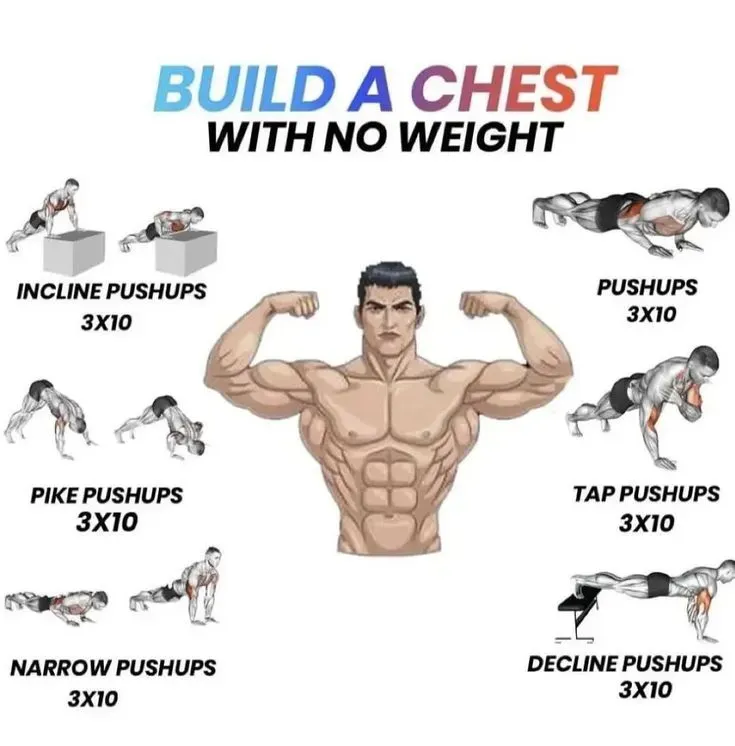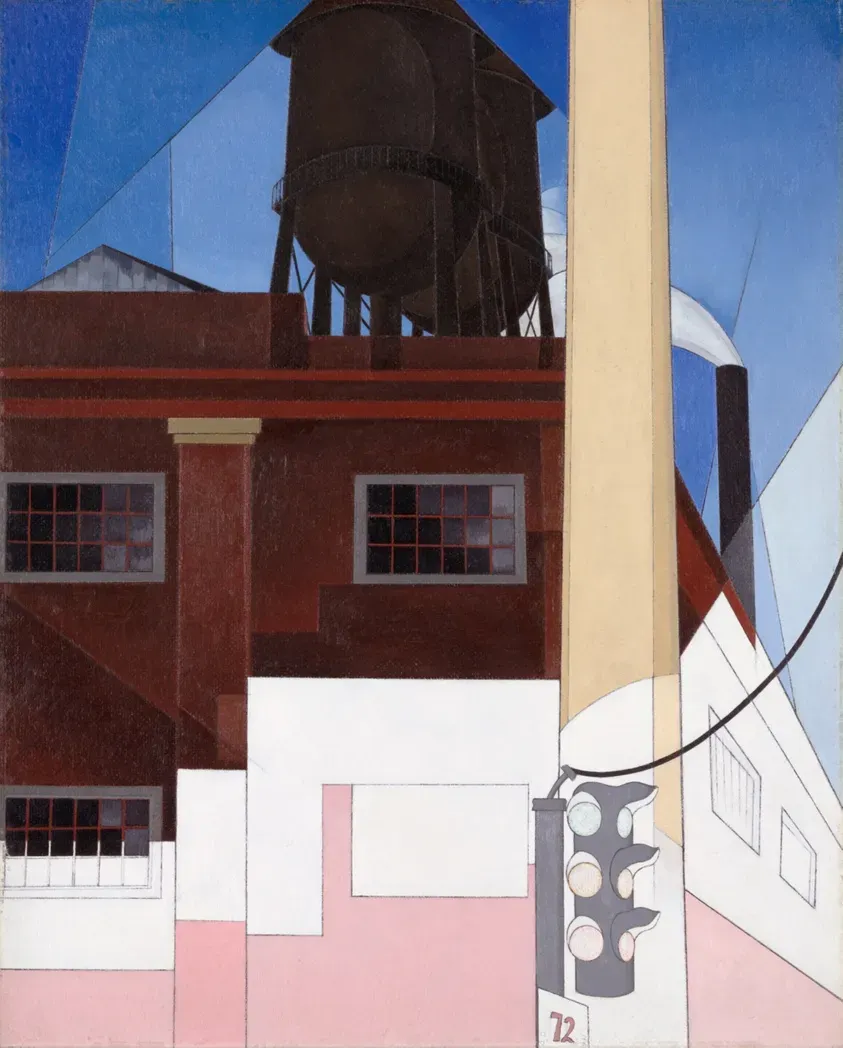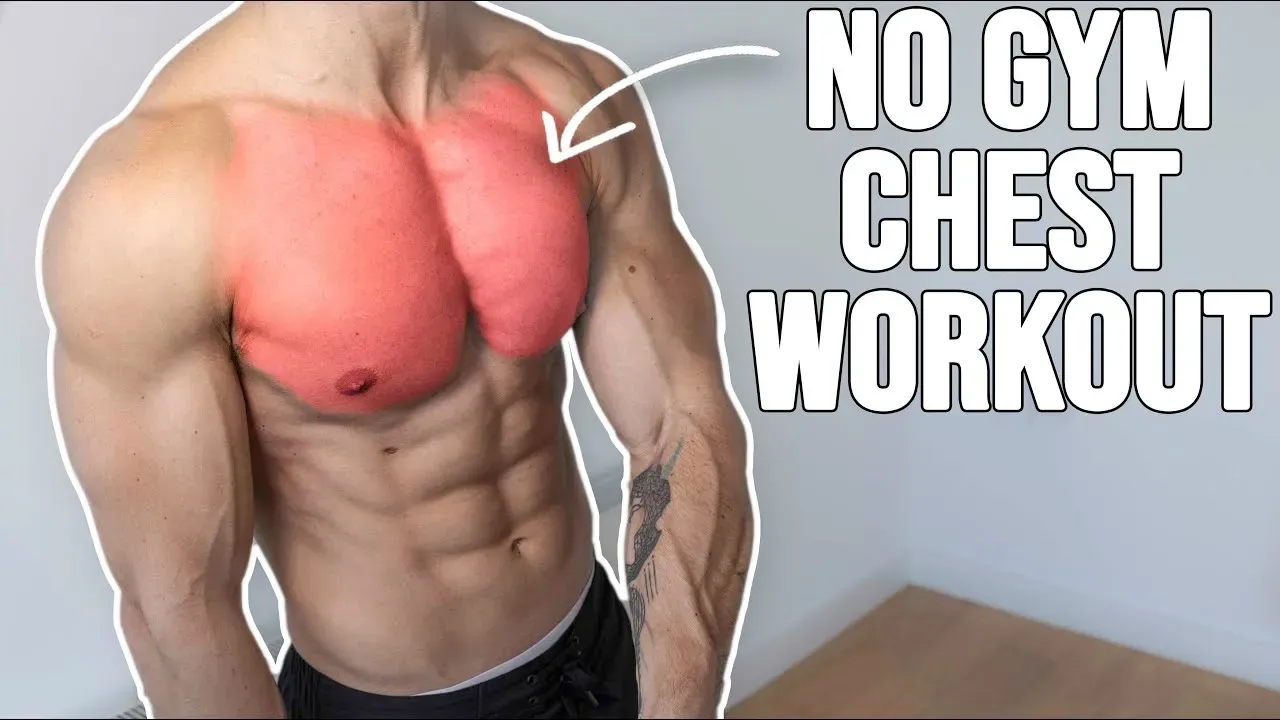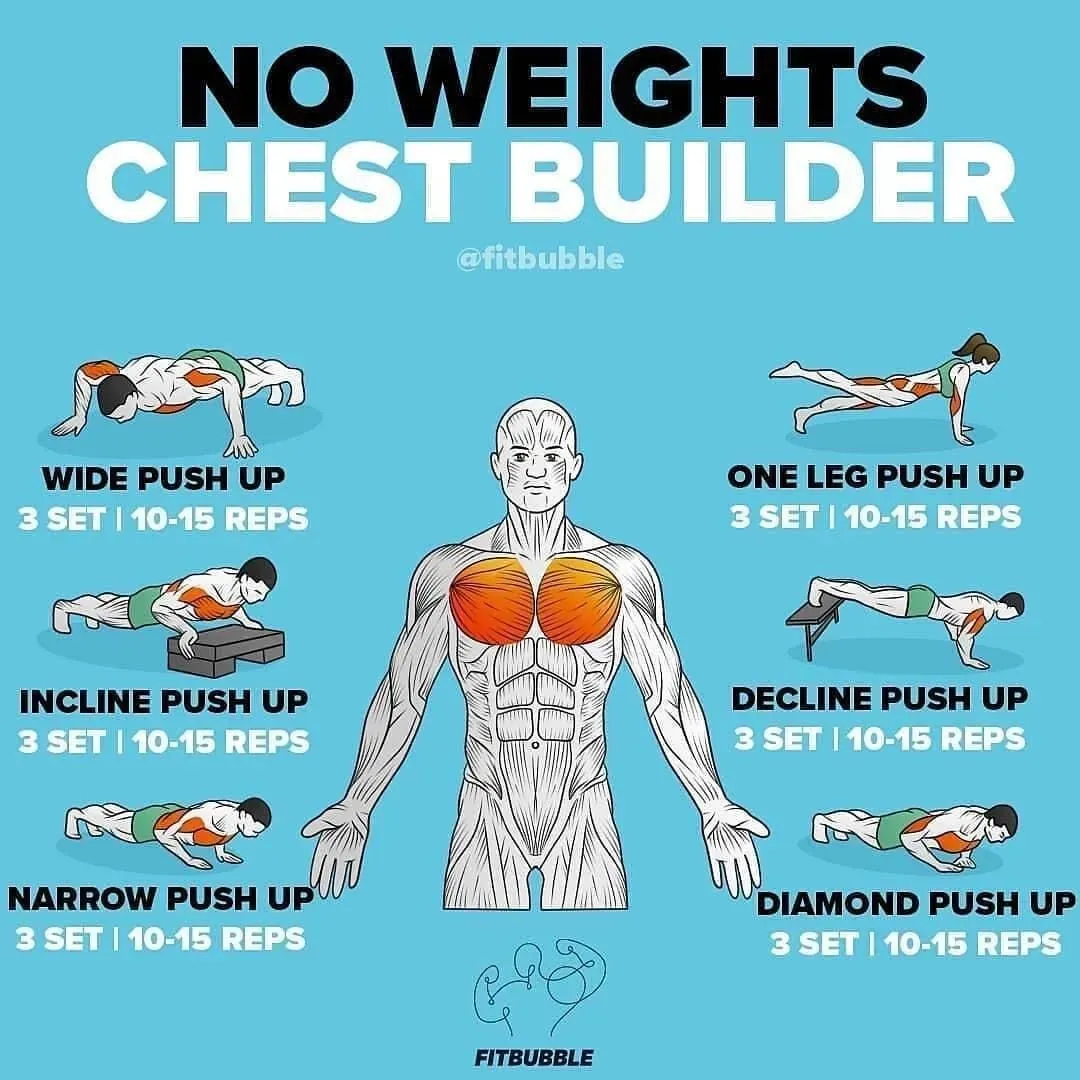Table of Contents
Let's be honest. Life happens. Maybe the gym membership feels like a waste of money you could spend on decent coffee, maybe your schedule is chaos, or maybe the thought of sharing equipment makes your skin crawl. Whatever the reason, you want a solid chest without stepping foot in a crowded fitness dungeon or cluttering your living room with weights. Can you build a strong, defined chest just using your own body? Absolutely. Forget the excuses and the fancy gear. This guide dives into the best chest workout at home no equipment, proving that your body is the only machine you truly need. We'll cut through the noise and show you exactly which moves deliver results, how to make them challenging as you get stronger, and how to put it all together into a routine that actually works. No barbells required, just you and the floor.
Forget the Gym: Why Your Best Chest Workout at Home No Equipment Works
Look, the idea that you need racks of weights and fancy machines to build a solid chest is, frankly, a bit outdated. Your body is a remarkably effective tool for resistance training, and when you leverage it correctly, you can absolutely achieve the best chest workout at home no equipment. Think about it: push-ups, the cornerstone of any bodyweight chest routine, engage your pectorals, shoulders, and triceps all at once. They demand core stability and proper form, building functional strength that carries over into daily life, not just ego lifts in front of a mirror. Plus, working out at home removes the barriers of travel time, gym fees, and waiting for equipment. It’s efficient, accessible, and surprisingly versatile once you understand how to manipulate leverage and intensity.
The Core Moves for Your Best Chest Workout at Home No Equipment

The Core Moves for Your Best Chest Workout at Home No Equipment
Mastering the Standard Push-Up
Alright, let's get down to business. If you're aiming for the best chest workout at home no equipment, the push-up is your bread and butter. It's not just some basic warm-up move; it's a powerful compound exercise. Start with your hands slightly wider than shoulder-width, fingers pointing forward. Your body should form a straight line from head to heels – no sagging hips or piking butts. Lower yourself until your chest is about an inch from the floor, keeping your elbows tucked slightly towards your body, maybe around a 45-degree angle, not flaring straight out. Push back up with control. Don't just drop and bounce. Every rep counts, and sloppy form is just wasted effort.
Changing the Angle: Incline and Decline
Once standard push-ups feel manageable, you need to change the stimulus. That's where incline and decline variations come in. For incline push-ups, elevate your hands on a sturdy surface – a chair, a table, even a step. This makes the movement easier and targets the lower chest more. It's a great starting point if full push-ups are too tough. Conversely, for decline push-ups, elevate your feet on a chair or bench. This shifts more bodyweight onto your hands, making it harder and hitting the upper chest more aggressively. Just make sure your elevated surface is stable unless you fancy a face-plant.
Try These Variations:
- **Incline Push-Ups:** Hands on elevated surface, easier, targets lower chest.
- **Decline Push-Ups:** Feet on elevated surface, harder, targets upper chest.
- **Wide Push-Ups:** Hands wider than shoulder-width, emphasizes outer chest.
- **Diamond Push-Ups:** Hands close together under chest, thumbs and index fingers touching, hits triceps hard but also inner chest.
Adding Intensity: Tempo and Pauses
You can't just keep doing sets of 20 easy push-ups and expect continued growth. Progression is key for the best chest workout at home no equipment. One simple way to make any variation harder is by changing the tempo. Instead of just dropping and pushing, try lowering yourself slowly over three or four seconds. Pause at the bottom for a count of one or two, then explode back up. You can also add a pause at the top, squeezing your chest muscles. This increases time under tension, forcing your muscles to work harder through the entire range of motion. It makes even seemingly easy variations brutal.
Beyond Basics: Advanced Techniques for Your Chest Workout at Home No Equipment

Beyond Basics: Advanced Techniques for Your Chest Workout at Home No Equipment
Once you've mastered the standard push-up and played around with incline and decline angles and tempo, you might feel like you're hitting a plateau. That's where advanced techniques for your best chest workout at home no equipment come into play. This isn't about doing a million easy reps; it's about increasing the demand on your muscles in new ways. Think about adding explosive power with plyometric push-ups, where you push off the ground with enough force for your hands to leave the floor, maybe even clapping mid-air if you're feeling ambitious. Or, start working towards one-arm push-ups by using an elevated surface or an offset hand position, gradually shifting more weight onto one side. These methods don't just build strength; they improve power and stability, pushing your bodyweight training to the next level.
Building Your Routine: How to Structure Your NoEquipment Chest Workouts

Building Your Routine: How to Structure Your NoEquipment Chest Workouts
Consistency is King, Not Just Cranking Out Reps
Alright, you've got the moves, from your basic push-up to those fancy one-arm attempts. Now, how do you actually turn this into a routine that builds muscle and strength for the best chest workout at home no equipment? It's not about doing a thousand push-ups once a month. It's about consistency and smart programming. Aim to hit your chest muscles two or maybe three times a week, giving them a day of rest in between. Just like any muscle, your chest needs time to recover and grow stronger. Trying to blast it every single day is a fast track to burnout and potentially injury, not gains. Think quality over quantity in each session. Focus on hitting a specific number of sets and reps for each exercise, pushing yourself close to failure on the last couple of reps in each set.
Picking Your Poison and Pushing Progression
So, what exercises should you actually do in a single session? Don't try to do every push-up variation known to humankind in one go. That's just chaos. Pick 3-4 exercises that challenge you. Maybe start with incline push-ups if you're building strength, move to standard push-ups, then hit some diamond push-ups for the inner chest and triceps. As you get stronger, swap the incline for decline push-ups, or incorporate tempo work into the standard ones. The goal is progressive overload – making the exercise harder over time. This could mean doing more reps, more sets, slowing down the tempo, adding pauses, decreasing rest time between sets, or moving to a more difficult variation entirely. If you can easily bang out 20 perfect reps of a standard push-up, it's time to make it harder. Your muscles won't grow if they're not forced to adapt to a new challenge.
Here's a simple way to think about structuring a session:
- Choose 3-4 challenging chest exercises.
- Perform 3-4 sets per exercise.
- Aim for 8-15 reps per set, or as many as you can do with good form before hitting fatigue.
- Rest 60-90 seconds between sets.
- Focus on controlled movements and feeling the muscle work.
Your Chest, Built at Home
So there you have it. Building a chest that doesn't look like you skipped every push day isn't some mystical art reserved for gym rats with racks of weights. Your body provides plenty of resistance if you know how to use it. The moves we covered, from the foundational push-up variations to the ways you can ramp up intensity, offer a clear path forward. Consistency matters more than complexity. Stop waiting for the perfect moment or the perfect equipment. The floor is waiting. Get to it.
